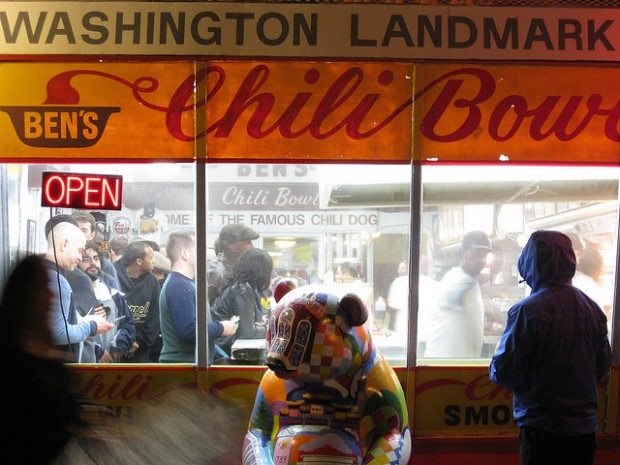Dressing up in a Halloween costume meant to represent an ethnic group is one thing, but what about dressing as a specific person of a race different than yours? And what if skin paint is part of the get-up? Retired tennis player Andre Agassi dressed up as Mr. T for Halloween and darkened his skin as part of the costume. He’s not the only athlete to wear such a costume this Halloween; hockey player Raffi Torres also darkened his skin for his Jay-Z costume.
There’s a long, painful history behind blackface, beginning in the 19th century when white actors painted their faces and depicted caricatures of African Americans in minstrel shows. Characters such as the mammy were shown to enjoy being slaves or couldn’t be trusted to be free. Sometimes black actors wore blackface and also played these caricatures. These stereotypes evolved and persisted through Reconstruction and well into the 20th century, and many scholars argue they served as the main representation of African Americans in mainstream media for decades.
Now, these athletes’ costumes are a far cry from the history of blackface; Agassi and Torres weren’t depicting stereotypes of black people, but were dressing up as specific people. A comic doing an impersonation would probably do the same. On the other hand, Mr. T and Jay-Z are quite iconic; perhaps these athletes could have pulled off their costumes without having to alter their skin color. And what if Agassi wanted to be famous white person – would he have felt the need to lighten his skin then? What’s your take? Leave your thoughts in the comments below.










